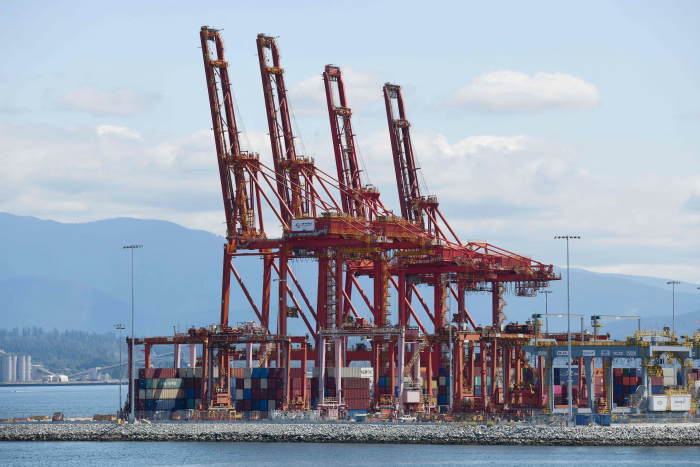New data from Statistics Canada confirms that the Canada GDP dropped 0.2% in February 2025, marking the sharpest monthly decline since mid-2023. The dip was mainly caused by weak performance in manufacturing, construction, and retail trade.
This slowdown follows modest growth in January and raises fresh concerns about economic momentum heading into the second quarter of the year.
Which Sectors Pulled GDP Down in February?
Manufacturing Sees Largest Decline
Factory output dropped for a second consecutive month. Companies in auto production, food processing, and metal fabrication reported lower output, largely due to cooling demand and ongoing supply chain issues.
Construction Activity Slows
The residential construction sector continued to shrink, affected by higher interest rates and slower new housing starts. Non-residential building projects also paused or delayed spending.
See More : Canadian Economy Declines in Early 2025 Amid Slowing Growth
Other Key Sectors Under Pressure
Retail Trade and Real Estate Decline
Consumer spending cooled, with several retail categories showing weaker sales. Meanwhile, the real estate sector recorded lower agent activity, especially in urban markets.
Offsetting Growth in Resources and Utilities
Some good news came from utilities and natural resources, where mild growth helped soften the overall decline. Oil and gas extraction showed stability, though not enough to reverse losses elsewhere.
What Analysts Are Watching
Economists are closely monitoring employment, inflation, and interest rate signals for March and April. While a single-month decline doesn’t confirm a recession, the February numbers suggest that growth may remain fragile for the coming months.
Conclusion: Caution Ahead for Canada’s Economy
The fact that Canada GDP dropped 0.2% in February 2025 signals a warning for policymakers and businesses. Continued softness in key industries could prompt a shift in central bank policy, or lead to revised economic forecasts for the rest of the year.
Staying informed on market trends, sector data, and fiscal developments will be key as Canada navigates a potentially slower economic path.







